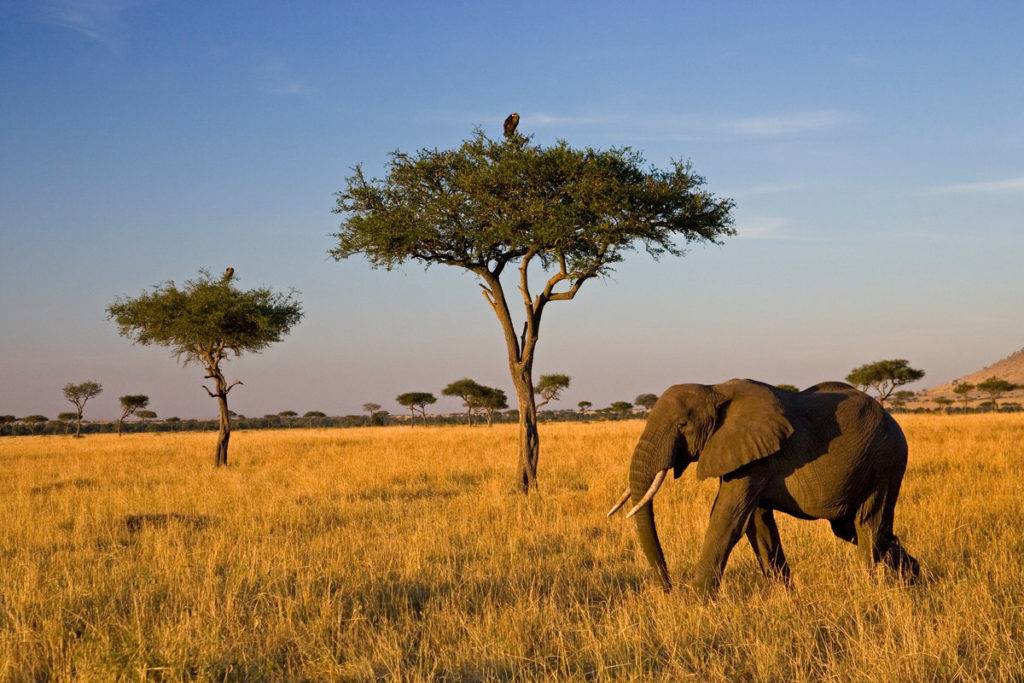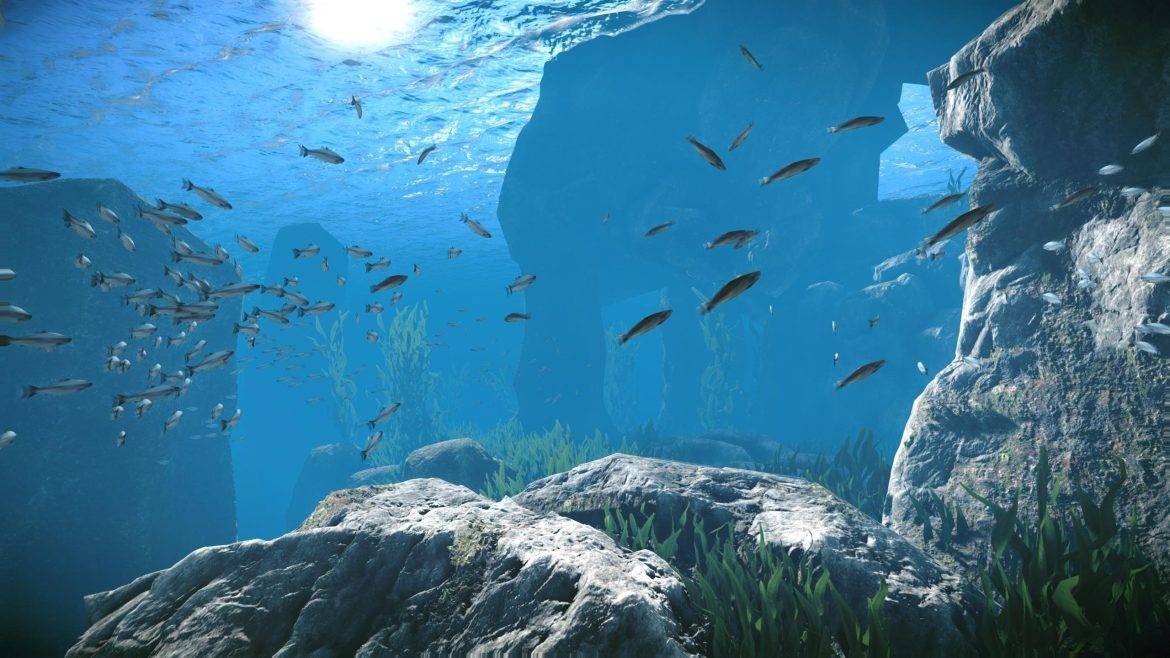Financial trends have a significant impact on business strategies and decisions. They include various aspects ranging from investments and financial planning to risk management and ensuring the financial stability of the company.
One of the key factors is investment. Companies must strategically choose which projects or assets to invest in to ensure maximum return on investment. Investments in digitalization, technological innovation and sustainable development are particularly important at this time.










